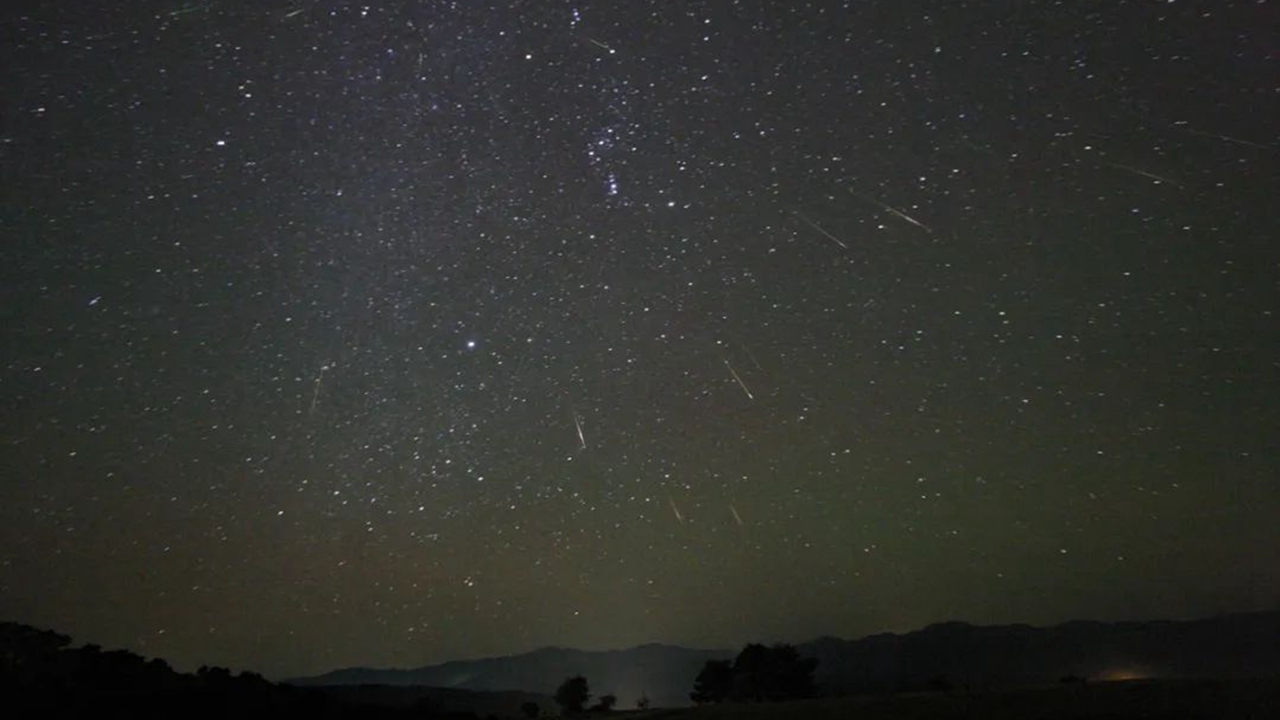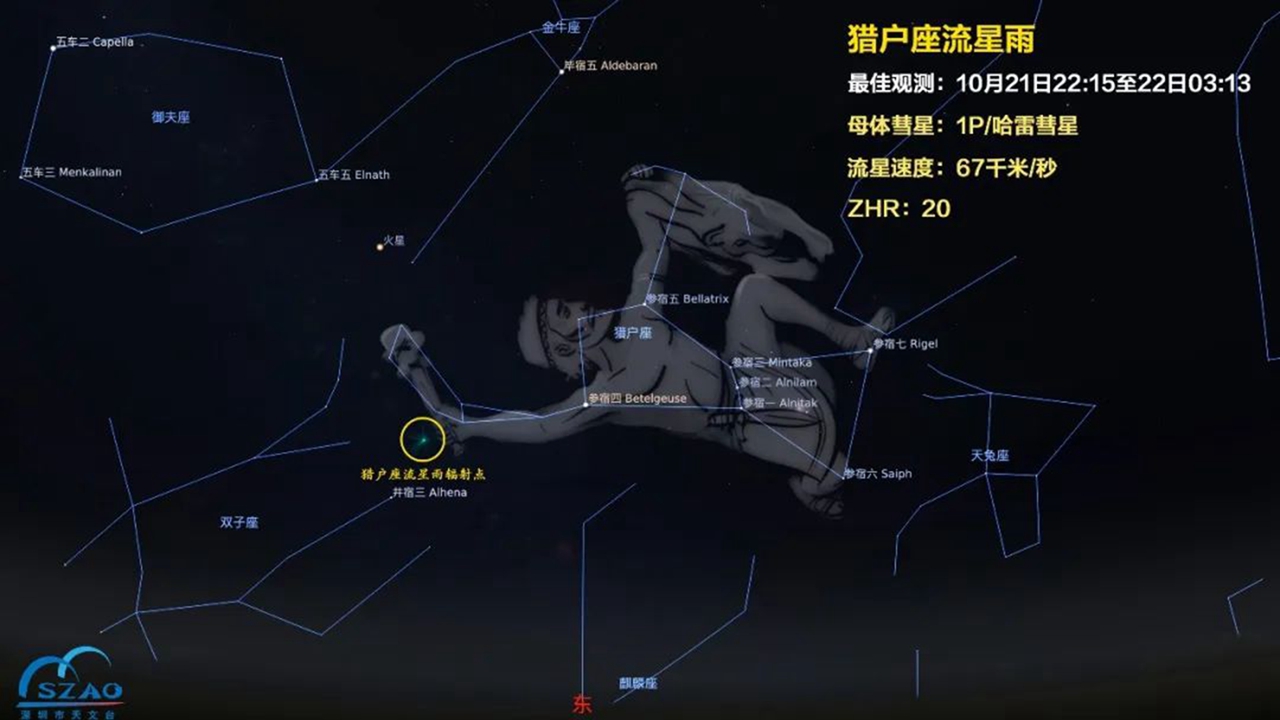Catch a glimpse of Orionids meteor shower
Shenzheners will have an opportunity to see the Orionids meteor shower from 10:15 p.m. Friday to 3:13 a.m. Saturday, weather permitting. Around 2 a.m. Saturday at its peak, 20 meteors are visible per hour, according to the Shenzhen Astronomical Observatory.

The Orionids meteor shower. Tunc Tezel
The Orionids meteor shower, often shortened to the Orionids, is a prolific meteor shower associated with Halley’s Comet. The Orionids, which peak during mid-October each year, is considered to be one of the most beautiful showers of the year.
The Shenzhen Astronomical Observatory suggests locals to head to Xichong Community in Dapeng New Area (大鹏新区西涌社区) for star gazing, as it’s well away from the city lights. Just lie flat on your back and look up, taking in as much of the sky as possible. After your eyes adapt in the dark, you will begin to see meteors without the use of telescopes.

The guide of seeing the Orionids meteor shower. Courtesy of WeChat Channel 深圳天文
If the sky is clear, the Shenzhen Astronomical Observatory will livestream the meteor shower on its WeChat Channels (search 深圳天文).
It is also recommended that those who have astronomical telescopes may want to observe Saturn, Jupiter and Mars on Friday night.
The local observatory predicts that at 8 p.m., observers may see Saturn’s halo, Cassini’s Division and Titan (Saturn’s largest moon); at 10:30 p.m., you will see Jupiter and its moons; at 9:30 p.m., observers may see our familiar red planet, Mars, and at 11 p.m., using a wide-aperture telescope, you could probably see Valles Marineris and Olympus Mons on Mars.
If you have a wide-aperture telescope, try your luck at observing Neptune at 10 p.m. Friday and Uranus at 1 a.m. Saturday. These two remote ice giants may look very small through your telescope but you could still see their unique blue or blue-green tint caused by methane gas and reflection.